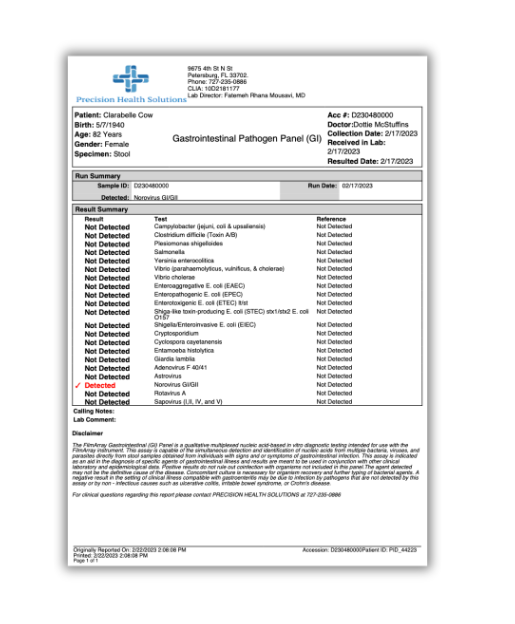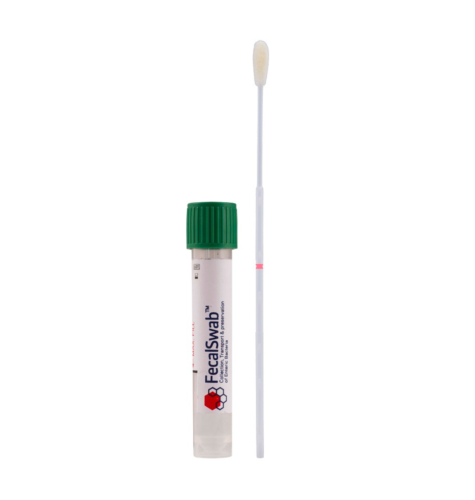Saud Bin Abdul Sattar; Shashank Singh
CDC
Saud Bin Abdul Sattar; Shashank Singh.
Our PCR GI Panel
Our PCR GI test is designed to accurately detect gastrointestinal (GI) pathogens with unmatched precision. Leveraging the power of the polymerase chain reaction (PCR) technique, our test amplifies and analyzes genetic material from patient stool samples, allowing for the rapid detection of a wide range of viral, bacterial, and parasitic agents responsible for GI infections. Providers trust our PCR GI test to deliver accurate and timely results, empowering healthcare professionals in the fight against GI infections.
Learn more about our Real-Time PCR technology
Diagnostic Features
Testing is performed using quantitative Real-Time PCR Technology with a high sensitivity and specificity.
Industry leading turn-around times to aid in treatment decisions – results within 24-48 hours, upon arrival to our lab.
Detects co-infections that may require different treatment options.
Real-time portal access for ordering tests and viewing in-progress and final results.
7 days per week concierge service – we come to you!

Comprehensive Lab Results
Our comprehensive results can be found when you log into your client portal.
- Easy to Interpret
- Easy to Access
- Easy to Decipher
- Easy to Download

Specimen Collection
Download our simple specimen collection instructions to view the instructions in either English and Spanish. If you have questions on the collection process, contact us today.

Panel Targets
Bacteria
Parasites
Viruses
